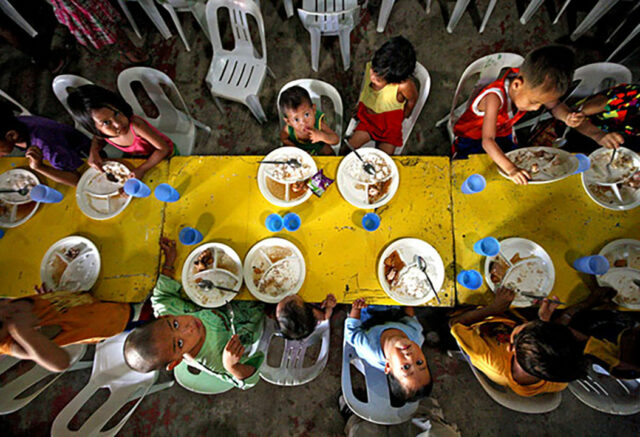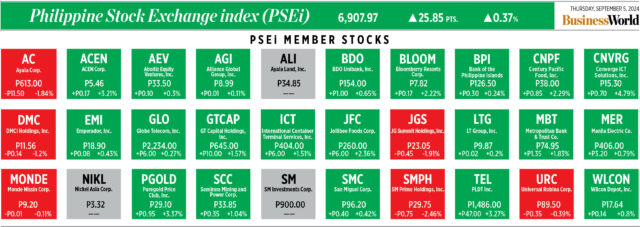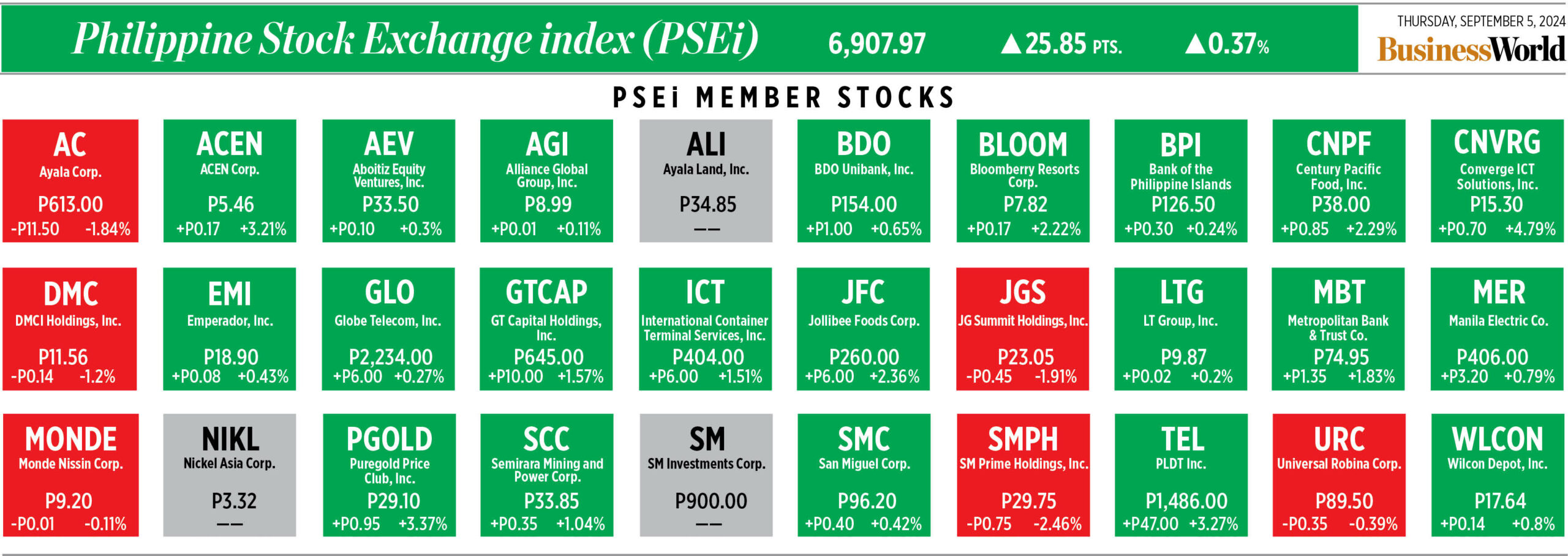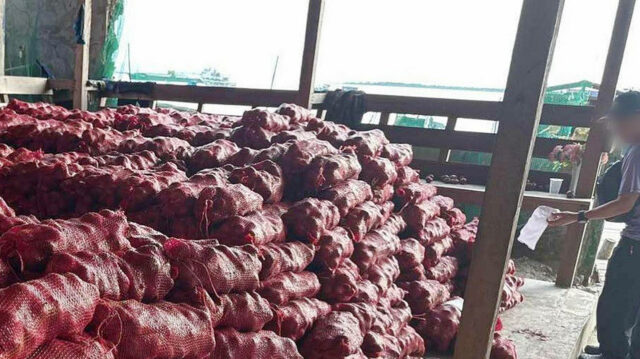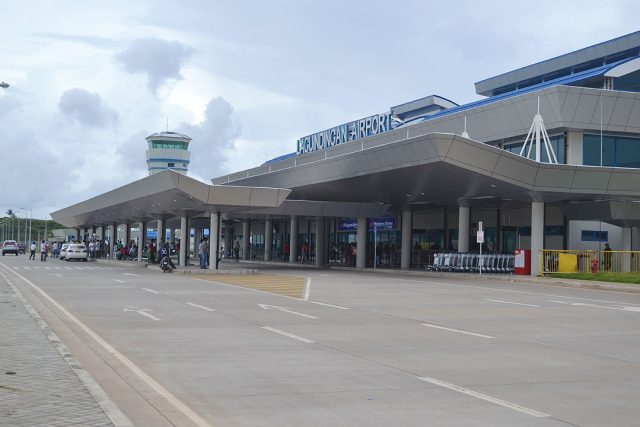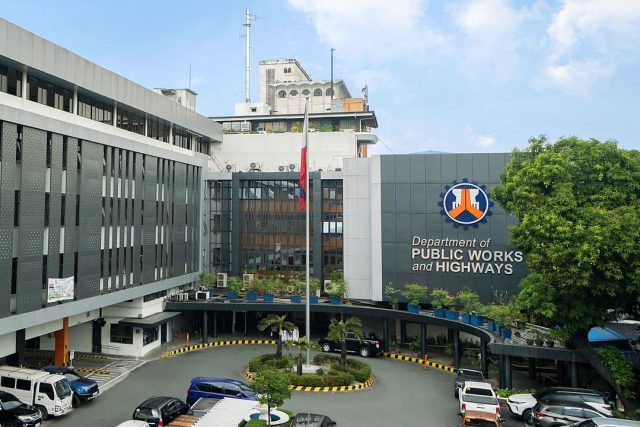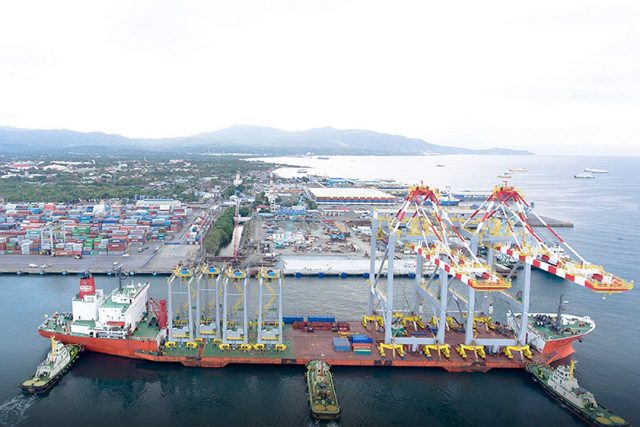SharePHIL’s annual summit with the theme “Next-Gen Reshaping the Future of Business” was held recently at Dusit Hotel. The speakers were Dennis Zamora, president of Nickel Asia Corp. (NAC); Pammy Olivares-Vital, president of Ovialand; and Francis Consunji-Gotianun, SVP at Filinvest Hospitality Corp. Union Bank of the Philippines, Inc.’s EVP and incoming president Anna Aboitiz-Delgado was a panelist, with Doris Dumlao-Abadilla of the Philippine Daily Inquirer as a reactor.
Dennis spoke on the topic of “Pioneering Responsible Mining,” Dennis said NAC’s history started with a “mistake” or “a blessing in disguise” as in the 60s, Atty. Manny Zamora, Dennis’ dad, sent a geologist instead of a forester to check on denuded Rio Tuba, Palawan, who then discovered a vast deposit of nickel ore. Today, NAC is the largest nickel producer in the Philippines and one of the largest in the world. NAC is Asiamoney’s Most Outstanding Company in the Philippines in the Materials Sector and FinanceAsia’s Best Basic Materials Company.
NAC has always been about people, said Dennis, and is led by a team of distinguished experts from different industries known for their integrity, citing former NAC Chairman Jerry Brimo and its new chairman, former Secretary of Finance and Energy Lito Camacho. For his part, Dennis took over as NAC president during the pandemic. He ensured constant communication with the staff to know if they were safe and assured them that their needs would be attended to.
The mining industry deals with finite resources, so the challenge, said Dennis, is to ensure that their operations and communities they operate in remain sustainable. To further contribute to sustainable growth, NAC is into renewable energy. NAC considers itself a problem solver by addressing the transition to electric vehicle use and the transition to clean energy in the Philippines. NAC is serious about its commitment to responsible mining and sustainable practices. Sustainability is an integral part of the business and is the right thing to do. And Dennis is open to tell NAC’s story as a responsible mining and sustainable company. He said: “There is no monopoly when it comes to sustainable practices; that’s why we are always open for collaboration. It’s this openness that helps us improve the standards of our operations.”
Pammy, representing the real estate sector, spoke on the “Innovative Approach to Home Building and Effective Leadership.” She said, “every home served is a symbol of the Filipino fortitude, and we are grateful to be able to serve them in one of their milestones: our own contribution to nation-building, one home at a time.” Her happy childhood in their own home inspired her to have the mission of providing affordable and comfortable homes. Conglomerates that do strategic planning in five-star hotels was her model — for Ovialand, it’s in Chowking! She values and invests in people. Recently, she brought her whole staff to Hong Kong to broaden their horizons and help them become better leaders.
Francis talked about “Tourism’s Vital Impact on Nation building.” He said, “relevance is achieved by consistently delivering topnotch service, offering thoughtful products, knowing the current and emerging trends with changing Filipino demographics, and creating memorable experiences that truly delight our guests.” Well-educated and experienced, Francis is fit where he is as a Filinvest executive. Someone remarked that he could have chosen any Consunji company, too.
Representing the banking industry, Ana said that “the business landscape now is very different. A company should not only focus on improving its product but also package itself as an employer. Communicate your purpose. What are you trying to achieve and why should other people be part of this journey? It’s about co-creating a meaningful solution.” She actually questioned her being in the family company, so she left and worked in Citibank where she was promoted twice and realized she can make strides on her own.
These next-generation leaders are well educated, hardworking, grounded, not entitled, and they work doubly harder. Doris said “they embody purpose-driven leadership in a complex environment despite being born into money. Their journey wasn’t easy, and they had to prove themselves. They have the potential to make even more meaningful contributions to the economy.”
SharePHIL trustee Ben Teehankee also commented: “These next-gen have wisdom beyond their age.” His co-SharePHIL trustees Mignon Ramos and Romy David echoed this sentiment. The next-gen leaders give us hope for the future!
The views and opinions expressed above are those of the author and do not necessarily represent the views of FINEX.
Flor G. Tarriela is PNB board adviser, independent director of LTG and Nickel Asia. The first Filipina vice-president of Citibank N.A, she was former undersecretary of Finance. An environmentalist, she founded Flor’s Garden in Antipolo, an events destination.



